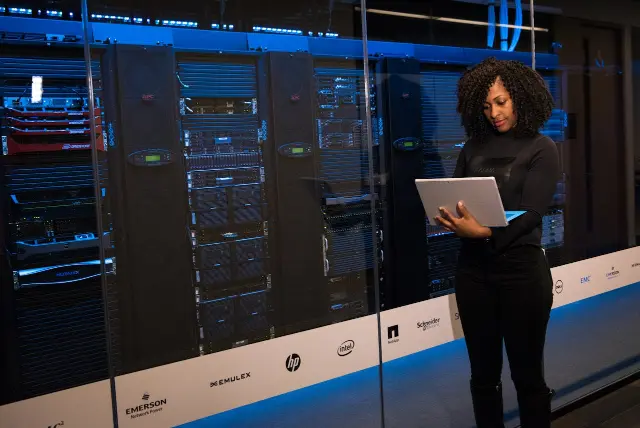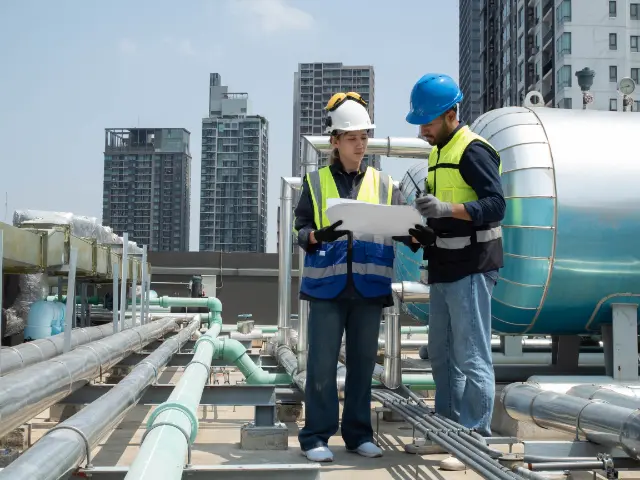Tenant Communication Automation: Revolutionizing Real Estate Management
In the bustling world of real estate, effective tenant communication is paramount for fostering harmonious landlord-tenant relationships and ensuring smooth property management operations. However, manual communication processes can be time-consuming, error-prone, and often fall short of meeting the evolving needs of modern tenants.
Enter Tenant Communication Automation, a game-changing solution powered by the transformative trio of Python, AI, and cloud-based technologies. This innovative approach streamlines communication channels, automates repetitive tasks, and enhances the overall tenant experience. By leveraging the power of automation, property managers can:
- Enhance efficiency: Automate routine communication tasks such as sending notifications, announcements, and lease renewal reminders, freeing up valuable time for more strategic initiatives.
- Improve accuracy: Eliminate manual errors and ensure consistent, error-free communication across all tenant touchpoints.
- Personalize tenant interactions: Utilize AI-powered chatbots and online portals to provide personalized responses to tenant inquiries, fostering stronger relationships and increasing satisfaction.

Python, AI, and Cloud: The Power Trio for Tenant Communication Automation
Unattended Bots: Automating Routine Tasks
Python’s versatility and simplicity make it an ideal choice for developing unattended bots that can automate repetitive communication tasks. These bots can be programmed to:
- Send scheduled notifications, announcements, and lease renewal reminders
- Process tenant inquiries and requests through email or online portals
- Generate automated responses based on predefined rules
By automating these tasks, property managers can free up their time to focus on more complex and value-added activities.
Attended Bots: Enhancing Human Interactions
Attended bots, also built using Python, assist human agents in real-time communication with tenants. They can:
- Provide instant responses to tenant inquiries via chat or messaging platforms
- Offer personalized recommendations and support based on tenant preferences
- Escalate complex issues to human agents for further resolution
The customizable nature of Python allows property managers to tailor attended bots to their specific needs, ensuring a seamless and efficient communication experience.
Cloud Platforms: Orchestrating Automation at Scale
Cloud platforms offer a comprehensive suite of tools and services that extend the capabilities of RPA/workflow orchestrators. These platforms provide:
- Scalability: Handle large volumes of communication with ease, ensuring uninterrupted service during peak periods.
- Integration: Seamlessly integrate with property management systems and other business applications.
- Security: Robust security measures to protect sensitive tenant data and communication.
AI: Enhancing Accuracy and Handling Edge Cases
AI techniques, such as image recognition, natural language processing (NLP), and generative AI, empower tenant communication automation with:
- Enhanced accuracy: AI algorithms can analyze tenant communication patterns and identify anomalies, reducing errors and improving response quality.
- Edge case handling: AI can handle complex and ambiguous inquiries that may not be covered by predefined rules, ensuring a consistent and satisfactory experience for tenants.
By leveraging the combined power of Python, AI, and cloud platforms, property managers can create a robust and scalable tenant communication automation system that streamlines operations, enhances accuracy, and fosters stronger landlord-tenant relationships.

Building the Tenant Communication Automation System with Python and Cloud
The tenant communication automation process can be broken down into several key subprocesses:
1. Data Collection and Analysis
- Collect tenant data from various sources, such as property management systems and communication channels.
- Analyze the data to identify patterns, preferences, and potential areas for automation.
2. Automation Design and Development
- Design the automation workflow using Python and cloud services.
- Develop unattended and attended bots to handle routine tasks and real-time interactions.
- Integrate the automation system with property management and other relevant systems.
3. Deployment and Monitoring
- Deploy the automation system to the cloud platform.
- Monitor the system’s performance and make adjustments as needed.
- Ensure data security and compliance with industry regulations.
4. Security and Compliance
- Implement robust security measures to protect tenant data and communication.
- Ensure compliance with data protection regulations, such as GDPR and CCPA.
Python vs. No-Code RPA/Workflow Tools
While no-code RPA/workflow tools offer a quick and easy entry point to automation, they often have limitations:
- Limited customization: Pre-built tools may not be able to accommodate specific business requirements.
- Performance bottlenecks: Off-the-shelf platforms may struggle to handle large volumes of data or complex workflows.
- Vendor lock-in: Businesses may become dependent on a particular vendor, limiting their flexibility and scalability.
Python, on the other hand, offers:
- Flexibility and customization: Python allows for tailored automation solutions that can be adapted to unique business needs.
- Scalability and performance: Python’s robust libraries and cloud integration enable efficient handling of large datasets and complex workflows.
- Open source and vendor neutrality: Python is an open-source language, giving businesses the freedom to choose their preferred cloud platform and avoid vendor lock-in.
Algorythum’s Approach: Client-Centric Automation
Algorythum takes a client-centric approach to automation, recognizing that every business has unique requirements. By leveraging Python and cloud technologies, Algorythum delivers:
- Customized solutions: Tailored automation systems that align with specific business goals and processes.
- Performance and scalability: Robust and scalable solutions that can handle large volumes of data and complex workflows.
- Data security and compliance: Comprehensive security measures and compliance with industry regulations to protect sensitive tenant data.

The Future of Tenant Communication Automation
The future of tenant communication automation holds exciting possibilities for further enhancing the proposed solution:
- Integration with IoT devices: Real-time data from IoT sensors can trigger automated notifications and maintenance requests, improving tenant comfort and reducing response times.
- Conversational AI: Advanced AI-powered chatbots can provide personalized and empathetic support to tenants, fostering stronger relationships and resolving issues more effectively.
- Predictive analytics: Machine learning algorithms can analyze tenant communication patterns to predict future needs and proactively address potential issues.
By embracing these future technologies, property managers can create a truly seamless and intuitive communication experience for their tenants.
Subscribe and Connect
To stay updated on the latest advancements in tenant communication automation and other industry-specific solutions, subscribe to our newsletter.
For a free feasibility assessment and cost estimate tailored to your unique requirements, contact our team today. Together, we can unlock the full potential of automation to transform your tenant communication and elevate your property management operations.

Algorythum – Your Partner in Automations and Beyond
At Algorythum, we specialize in crafting custom RPA solutions with Python, specifically tailored to your industry. We break free from the limitations of off-the-shelf tools, offering:
- A team of Automation & DevSecOps Experts: Deeply experienced in building scalable and efficient automation solutions for various businesses in all industries.
- Reduced Automation Maintenance Costs: Our code is clear, maintainable, and minimizes future upkeep expenses (up to 90% reduction compared to platforms).
- Future-Proof Solutions: You own the code, ensuring flexibility and adaptability as your processes and regulations evolve.









